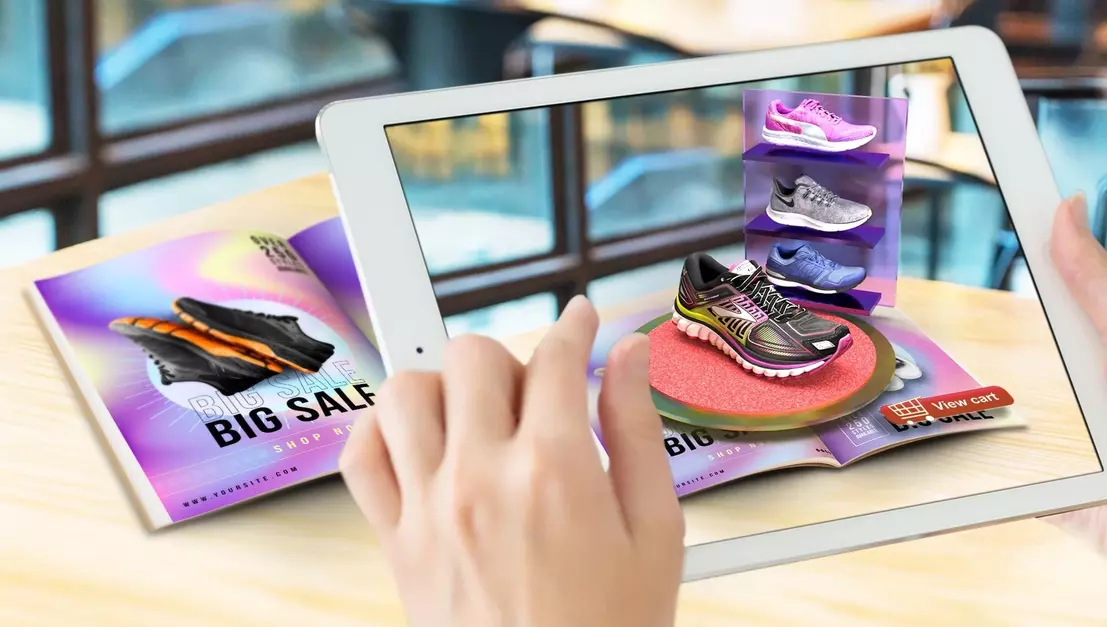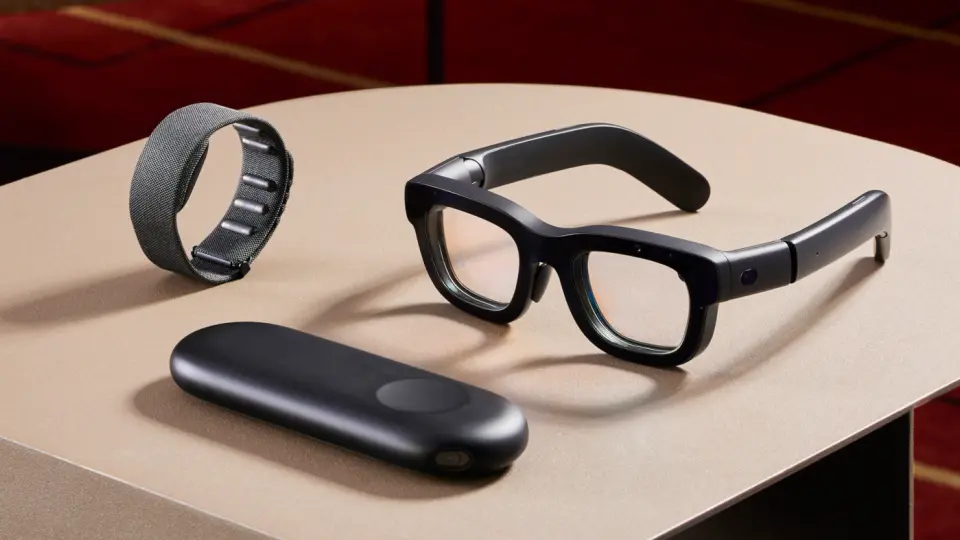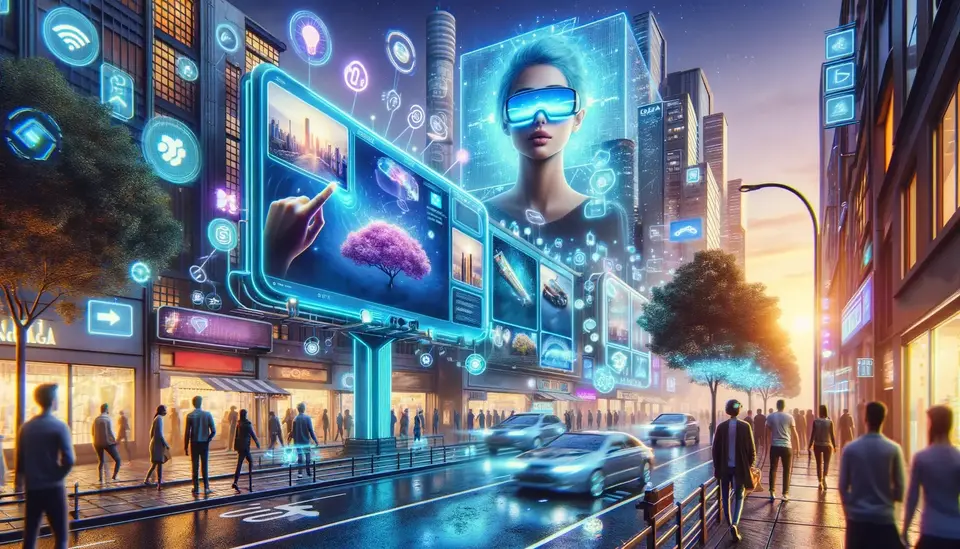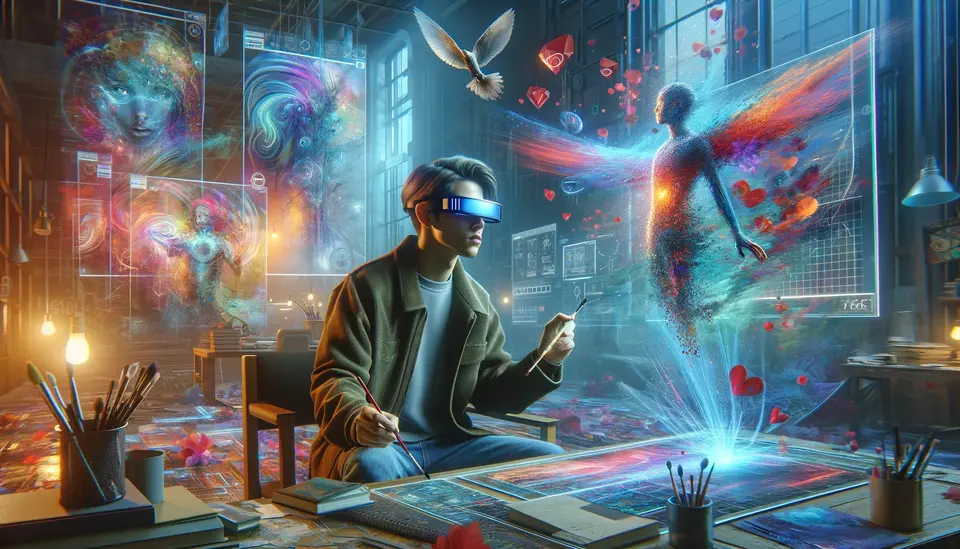15 Examples of the Use of Augmented Reality (AR) in E-Commerce
Posted on April 24, 2023 4 minutes 757 words
Table of contents
- 1. Virtual Try-Ons
- 2. 3D Product Previews
- 3. In-Store Navigation
- 4. Customized Furniture Placement
- 5. Personalized Shopping Experience
- 6. Gamification of Shopping
- 7. Virtual Showrooms
- 8. Remote Assistance
- 9. Enhanced Marketing Campaigns
- 10. Social Media Integration
- 11. Location-based Offers
- 12. Interactive Product Labels
- 13. Training and Onboarding
- 14. Inventory Management
- 15. Augmented Packaging
- Conclusion
In this digital age, augmented reality (AR) has become a game-changer for the e-commerce industry. AR is revolutionizing the way customers shop by providing immersive, interactive, and personalized experiences. In this blog post, we will explore 15 innovative examples of AR in e-commerce, and take a closer look at some real-world applications of this transformative technology.
1. Virtual Try-Ons
Virtual try-on technology allows customers to try on clothes, glasses, makeup, and accessories virtually. This ensures a better fit and reduces return rates.
- Warby Parker: Their app uses AR to enable customers to try on glasses virtually, finding the perfect pair without stepping into a store.
2. 3D Product Previews
AR enables customers to view products in 3D, rotate them, and zoom in for a closer look, resulting in more informed purchasing decisions.
- IKEA Place: This app allows users to place 3D models of furniture in their homes, ensuring they make the best choice for their space.
3. In-Store Navigation
Brick-and-mortar stores are incorporating AR to help customers navigate through aisles and find desired products easily.
- Lowe’s: Their in-store navigation app uses AR to guide customers through the store to locate specific items.
4. Customized Furniture Placement
AR apps allow users to visualize furniture in their homes, enabling them to make better decisions regarding size, color, and style.
- Wayfair: Their app, WayfairView, uses AR to help customers visualize furniture and décor in their homes before making a purchase.
5. Personalized Shopping Experience
AR can provide tailored product suggestions based on a customer’s preferences and past purchases, creating a unique and engaging shopping experience.
- ASOS: Their “Your Edit” feature uses machine learning and AR to offer personalized product recommendations to customers.
6. Gamification of Shopping
AR can create engaging games and interactive experiences, making shopping more fun and encouraging customer loyalty.
- Alibaba: Their “Catch the Cat” game uses AR to engage customers during the Singles Day shopping event, rewarding them with discounts and prizes.
7. Virtual Showrooms
Brands create virtual showrooms using AR technology, offering customers a fully immersive and interactive shopping experience.
- Nike: Their virtual store experience allows customers to explore products and customize sneakers using AR.
8. Remote Assistance
AR allows customer support teams to provide real-time guidance and troubleshooting, improving overall customer satisfaction.
- Vuforia Chalk: This app offers remote support with AR, enabling customer service reps to provide real-time, visual assistance to customers.
9. Enhanced Marketing Campaigns
AR can elevate marketing campaigns by creating interactive ads that engage customers on a deeper level and offer a unique experience.
- Pepsi Max: Their “Unbelievable Bus Shelter” campaign used AR to entertain and engage commuters with interactive content.
10. Social Media Integration
AR can be integrated into social media platforms, allowing customers to share their virtual try-ons and product experiences with friends and followers.
- Instagram: Brands like Ray-Ban and Gucci use AR filters for customers to try on their products and share their experiences on the platform.
11. Location-based Offers
AR can provide customers with location-based offers and incentives, encouraging them to visit nearby stores and make purchases.
- Starbucks: Their app uses geolocation and AR to offer users promotions and discounts based on their proximity to Starbucks stores.
12. Interactive Product Labels
AR provides additional information on product labels, such as nutritional facts, usage instructions, and customer reviews.
- 19 Crimes Wine: Their app brings wine labels to life by sharing the stories of the criminals featured on the bottle.
13. Training and Onboarding
AR can be used for employee training and onboarding, making it easier for staff to learn new skills and adapt to new technologies.
- Walmart: They use AR and VR technology for employee training, simulating real-world scenarios and teaching effective problem-solving skills.
14. Inventory Management
AR can assist retailers in inventory management by providing real-time information on stock levels and helping to streamline the restocking process.
- Scandit: Their AR-based barcode scanning technology allows retail employees to quickly and efficiently manage inventory.
15. Augmented Packaging
AR can enhance product packaging, providing interactive content and experiences that create a memorable unboxing experience.
- Lego: Their AR-enabled packaging allows customers to scan boxes and view a 3D model of the assembled product, along with interactive content.
Conclusion
Augmented reality has the potential to shape the future of the e-commerce industry by providing immersive, interactive, and personalized experiences for both businesses and customers. As more companies continue to embrace AR technology, we can expect even more innovative and exciting applications to emerge, transforming the way we shop and engage with brands.








